
-
Find the right food for your petTake this quiz to see which food may be the best for your furry friend.Find the right food for your petTake this quiz to see which food may be the best for your furry friend.Health CategoryFeatured products
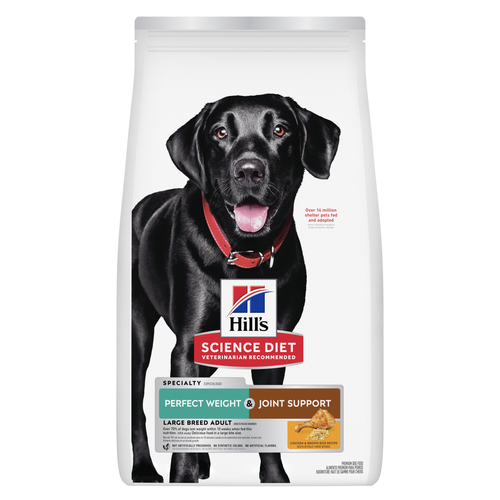 Perfect Weight & Joint Support Large Breed Chicken & Brown Rice Recipe Dog Food
Perfect Weight & Joint Support Large Breed Chicken & Brown Rice Recipe Dog FoodThis weight management and mobility support dog food was created with Hill’s unique understanding of the biology of overweight dogs
Shop Now Adult 7+ Healthy Cuisine Roasted Chicken, Carrots & Spinach Stew Dog Food
Adult 7+ Healthy Cuisine Roasted Chicken, Carrots & Spinach Stew Dog FoodDelicious roasted chicken paired with tender vegetables in a succulent stew
Shop Now Adult Salmon & Brown Rice Recipe Dog Food
Adult Salmon & Brown Rice Recipe Dog FoodSupports lean muscle and beautiful coat for adult dogs
Shop NowFeatured products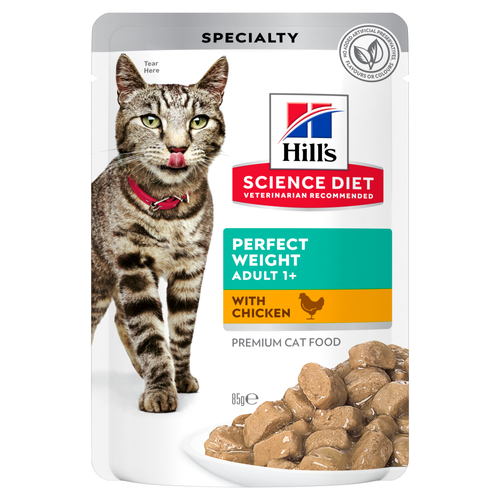 Adult Perfect Weight with Chicken Cat Food
Adult Perfect Weight with Chicken Cat FoodBreakthrough nutrition for your cat’s healthy weight maintenance and long-lasting weight support
Shop Now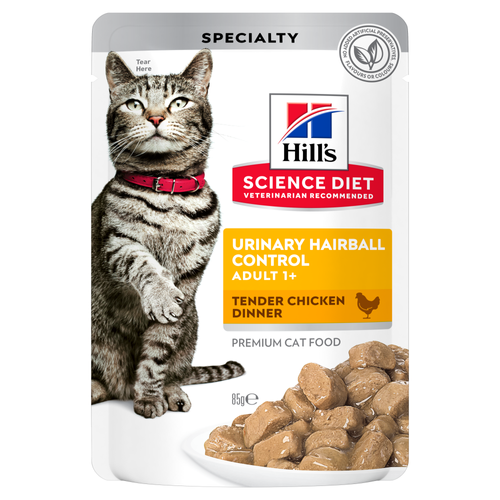 Adult Urinary Hairball Control Tender Chicken Dinner Cat Food
Adult Urinary Hairball Control Tender Chicken Dinner Cat FoodPrecisely balanced nutrition to support urinary health from kidney to bladder. With natural fibre technology to help reduce hairballs.
Shop Now Adult Salmon & Brown Rice Recipe Cat Food
Adult Salmon & Brown Rice Recipe Cat FoodSupports lean muscle and beautiful fur for adult cats
Shop Now -
DogCat
- Cat Tips & Articles
-
Health Category
- Weight
- Skin & Food Sensitivities
- Urinary
- Digestive
- Kidney
- Dental
- Serious Illness
-
Life Stage
- Kitten Nutrition
- Adult Nutrition
Featured articles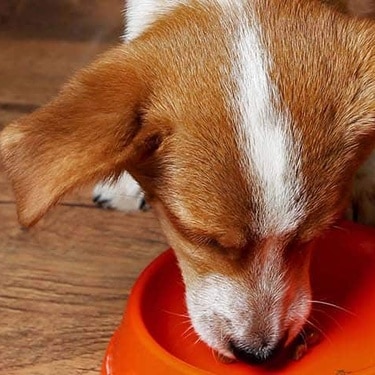 The Right Diet For Your Pet
The Right Diet For Your PetLearn what to look for in healthy pet food & nutrition, including ingredients, quality of the manufacturer, your pet's age, and any special needs they have.
Read More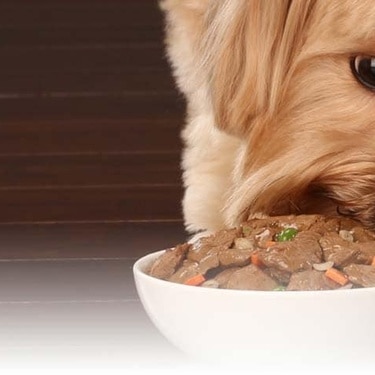 Pet Food Storage Tips
Pet Food Storage TipsWhere you store your cat and dog food can make a big difference in the quality and freshness once it is opened. Here are some common questions and recommendations for optimal storage for all of Hill’s dry and canned cat and dog food.
Read More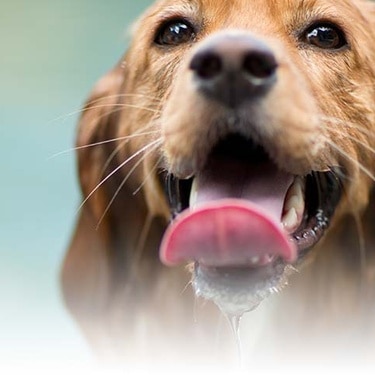 Water
WaterWater is the most important nutrient of all and essential for life. Animals can lose almost all their fat and half their protein and still survive, but if they lose 15% of their water, it will mean death.
Read More -


You may think your dog wants or needs variety. The truth is your dog will happily eat the same food every day its entire life, so it's up to you to make sure you provide a tasty, nutritious meal. Your dog is descended from opportunistic hunters that were accustomed to eating what they could get when they could get it.
The cause. Frequently, the cause of a dog's finicky eating isn’t a result of its behavior. It’s usually the result of humans feeding table scraps or too many treats. Not only does this increase the risk of obesity, but it also can encourage finicky behavior. Your dog avoids eating in hope of getting more exciting food than w,hat’s in the bowl. The best approach is to stop feeding your dog from the table and limit the number of treats. Remember that dogs and cats have different nutritional needs than we do, so what we eat isn't necessarily balanced for them.
When your dog was younger, if you tried offering several different foods to determine the right fit, you may have encouraged your dog to hold out for something better. If you’re opening multiple cans of food and trying to coax your dog into eating something every meal, then your dog has you trained.
Effective ways to correct this behavior:
- Help your dog understand that no options exist.
- Set out your dog’s food for 30 minutes. If it isn't eaten, take it away.
- When it’s time for your dog’s next meal, set out the food again and take it away in 30 minutes, whether it is eaten or not.
- In a day or two your dog may start checking around for extra treats. Maintain your strategy. Don’t give in! Your dog isn’t starving. If hungry, your dog will eat.
You may have to endure disappointment from your dog, but this is an effective technique in eliminating finicky eating behavior. You will be glad you did it in the long run.


Tasty Tips
If changing your dog’s food formula, do it gradually:
- Start by combining new food with the old food and gradually increasing the amount of new food as you reduce the amount of old food. This will be helpful in getting your dog accustomed to the new food and avoid a hunger strike.
- If you’re switching from wet to dry food, try mixing in a small amount of warm water with the dry food.
- If your dog suddenly becomes finicky with no previous signs of this behavior, a medical disorder could be the issue. Observe your dog for vomiting, diarrhea, sluggishness or loss of weight. Take him or her to the veterinarian if you believe a medical problem exists.
Also consider reading:
Related products

Gentle on stomachs while nourishing skin & supporting development in growing puppies

This weight management and mobility support dog food was created with Hill’s unique understanding of the biology of overweight dogs

Supports lean muscle and beautiful coat for adult dogs

Delicious roasted chicken paired with tender vegetables in a succulent stew
Related articles
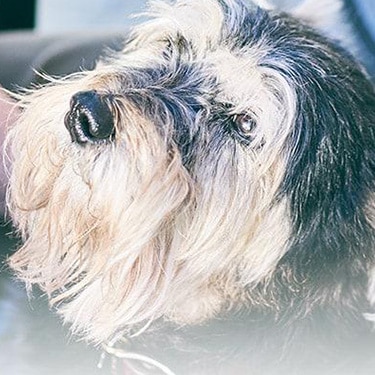
Though it may seem like your four-legged friend loves nothing more than to nap on the couch, dogs need regular exercise to stay healthy just like people do.
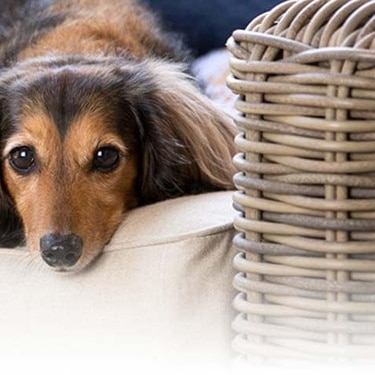
A dog with a sensitive stomach has special needs. Learn more about sensitive stomach symptoms in your dog, what you can do to help sooth your pet’s insides and get recommendations on sensitive stomach dog food.
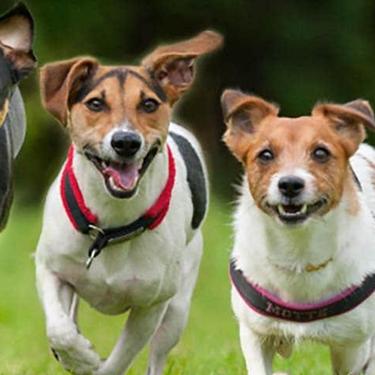
Selecting the right food for your puppy is a key to quality nutrition and a long, healthy life., Learn more about how to select the right puppy food.
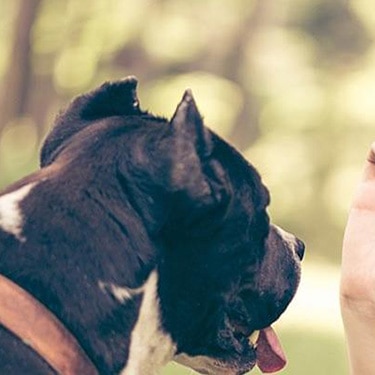
Learn what you can feed your pregnant or nursing dog to keep her and her new pups healthy.

Put your dog on a diet without them knowing
Our low calorie formula helps you control your dog's weight. It's packed with high-quality protein for building lean muscles, and made with purposeful ingredients for a flavorful, nutritious meal. Clinically proven antioxidants, Vitamin C+E, help promote a healthy immune system.
Put your dog on a diet without them knowing
Our low calorie formula helps you control your dog's weight. It's packed with high-quality protein for building lean muscles, and made with purposeful ingredients for a flavorful, nutritious meal. Clinically proven antioxidants, Vitamin C+E, help promote a healthy immune system.


